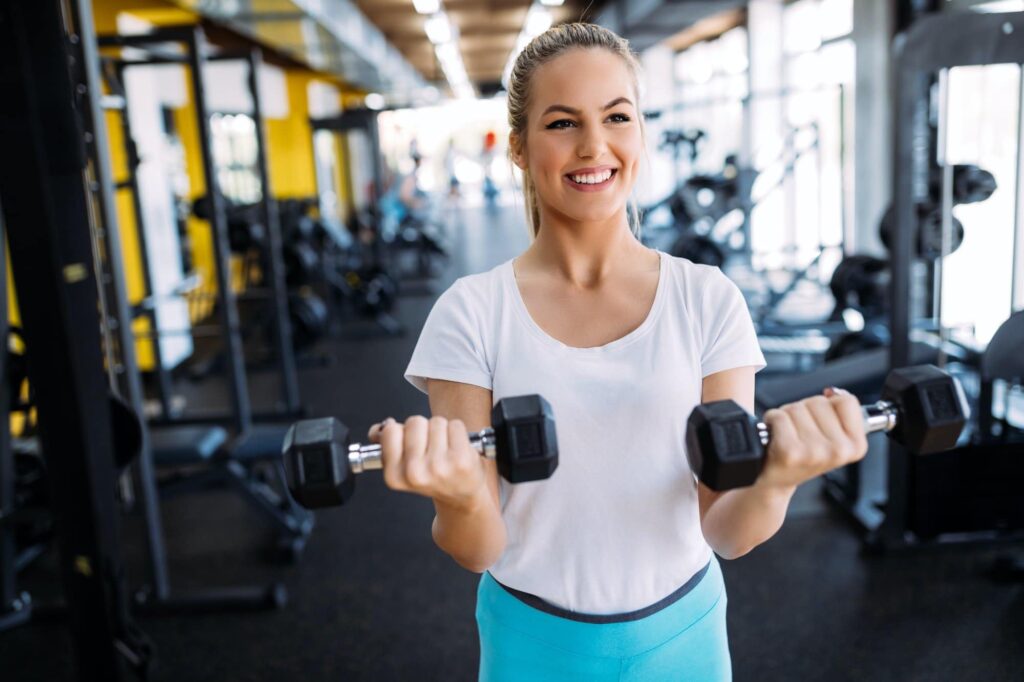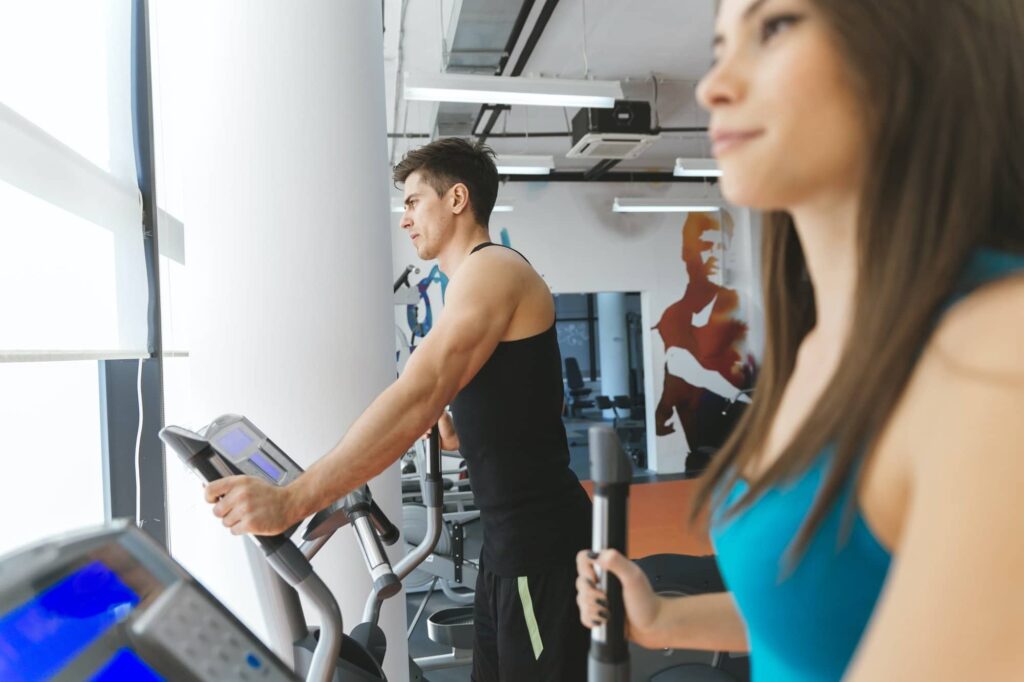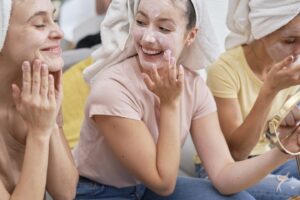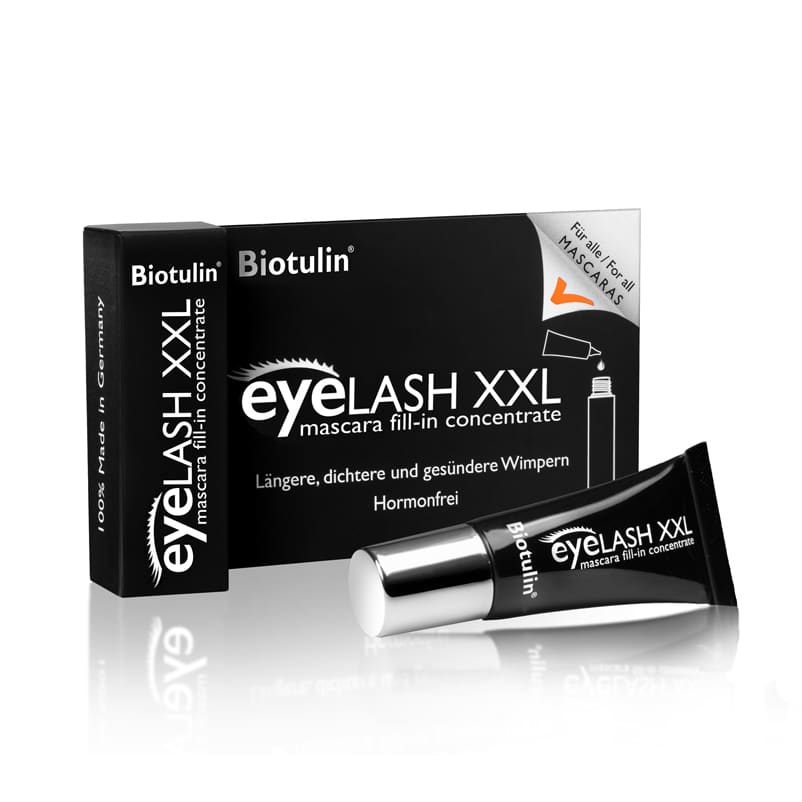Anti-Aging through power .
A study by German researchers caused a worldwide sensation: It shows how sport training affects the cell nuclei – and what this has to do with the ageing process. But it does not work for every kind of sport.
Sometimes it seems as if a god with a passion for sport rewards the running enthusiasts. Anyone who laces up their jogging shoes at dawn, who struggles to get to the gym after work, can hope for a long and healthy life. Sport is healthy, the mantra pulses through the modern man with every breath. But the apparent matter of course is strictly speaking a mystery. Of course heart, muscles and bones become stronger through exercise. But hardly anyone dies from untrained muscles. A great many inhabitants of wealthy countries, on the other hand, die of a complicated disease that attacks the blood vessels with increasing age: they die of heart attacks and strokes.
Sport can prevent this. But why? Scientists at Saarland University Hospital in Homburg have been trying to find out for a long time. “Ageing processes and cardiovascular diseases are closely related,” says cardiologist and preventive medicine specialist Ulrich Laufs. “As doctors, we are regularly confronted with the ageing of blood vessels. Some 40-year-old patients already have the vessels of a 70-year-old if they smoke a lot, for example, or if there are other risk factors”.
The researchers around Ulrichs Laufs and Christian Werner have made a discovery that caused a worldwide sensation. In an experiment published in the “European Journal” at the end of 2018, they were able to show that endurance sport works deep into the cells of the body. Physical exertion lengthens the telomeres in the cell nuclei and thus obviously slows down a fundamental ageing process. Telomeres are the protective caps of the chromosomes, which become shorter and shorter in the course of life. They are regarded as one of the reasons why an organism ages. With their work, the Homburg scientists are not only able to better explain the known effects of sport on health and derive practical advice for effective anti-aging training, but also to improve the understanding of the effects of sport on health. They also show that the ageing process can possibly even be reversed through exercise.
The research on this topic began eleven years ago. In addition to clinical trials, the researchers also carried out animal experiments: They compared physically inactive mice with animals that moved around a lot. In contrast to humans, you do not need to motivate mice to exercise – it is enough to put a wheel in their laboratory cage. The natural urge to move drives the animals to cover up to five kilometres at night.
Ulrich Laufs came up with the crucial idea when he discovered that a protein called TRF2 was increasingly produced by running in the wheel. It was known that TRF2 is involved in the stabilisation of the telomeres. “This was the start of many years of work to research the influence of sport on ageing processes,” recalls Christan Werner, who was already a Laufs employee at the time.
If the telomeres have become too short, the cell dies
The researchers have now investigated the influence of sport on telomeres in more detail. In simple terms, these structures can be thought of like the plastic caps on the ends of a shoelace – they protect the chromosomes and keep them stable. Each time a cell divides, they become a little shorter. If the telomeres become too short, the cell dies. But shortening is not an inevitable fate, because an enzyme works against it: Telomerase acts like a cellular fountain of youth and regenerates lost telomeres. The enzyme was already discovered in the mid-1980s by the Americans Elizabeth Blackburn and Carol Greider, who were awarded the Nobel Prize in 2009.
Initially, it was hoped that telomerase could be used to develop anti-aging therapy. At the CNIO cancer research centre in Spain, María Blasco treated mice with the telomerase gene. The rodents suffered less frequently from age-related diseases and lived on average up to 24 percent longer than the control animals.
In September 2015, Elizabeth Parrish, CEO of the US start-up BioViva, flew to Bolivia and had the telomerase gene injected at an unnamed hospital. The following year, she claimed on the homepage of her anti-aging company that the telomeres of her white blood cells had lengthened by nine percent, which corresponds to a rejuvenation of 20 years. In addition, her blood values had allegedly improved. Since then, she has reported several times that her telomeres are getting longer and longer. It is to be feared that the 47-year-old with the long blonde hair will soon enter puberty again.
But apart from such kamikaze self-experiments and PR stunts, there have been no serious attempts to rejuvenate people with telomerase so far. An effective anti-aging pill is probably still a long way off. However, there seems to be an age-proven drug that activates telomerase and slows down ageing processes. In general, a healthy, stress-free life seems to prevent the chromosome ends from breaking down. And several working groups have now reported on a connection between telomer length and movement. Larry Tucker from Brigham Young University, for example, analysed the data on 6,000 people who had given blood samples and provided information about their physical activity over the last 30 days as part of a health study. The shortest telomeres were found in people who were not moving at all. By contrast, the most active people, who went jogging five days a week, for example, had much longer telomeres than everyone else – the lengthening was equivalent to a nine-year rejuvenation compared to the couch potatoes.
The Homburg researchers examined the telomeres of people who had done intensive endurance sports for decades and compared them with healthy but unathletic peers. The amazing finding: the old athletes had telomeres like young people. “This was the first evidence that sport could act as an anti-aging drug,” says Christian Werner. But he had only examined a small elite of top athletes. The big question remained what happens in the bodies of normal people when they first start to exercise more.

The researchers recruited middle-aged volunteers who were healthy but did not do sports. They divided them into four groups. For more than six months, the participants either continued to be lazy or did 45 minutes of training three days a week. The first group trotted continuously on the treadmill at the individual’s own pace. The second group was prescribed intensive interval training, also on the treadmill: After a warm-up phase, the participants alternated between a very high and a slow pace in four intervals of four minutes each. The third group sweated in circuit training on eight strength machines.
After half a year, 124 of the 266 participants had held out. The findings: the endurance training – including the interval training – had significantly increased telomerase activity in the blood cells, even telomeres were slightly prolonged. By contrast, there was no such effect with strength training. “We have shown for the first time that telomeres can be lengthened through sport,” says Werner.
Strictly speaking, it has not yet been proven whether the life-prolonging effect of sport really comes about through longer telomeres. The measured lengthening in the blood cells can be equated with longer telomeres in the heart and vessels, that much is known from other experiments. But the relationship between telomere length and ageing is not as simple as is often claimed. Most body cells divide only rarely. Their telomeres get a little shorter every year, but you would have to be at least 130 years old to use them up completely. Nobody dies because all the telomeres are suddenly used up.
However, there is a vital repair business in the body that relies on long telomeres: “Shortening telomeres could cause stem cells to age, which in turn have to replace continuously dead cells in the body,” Werner suspects. Longer telomeres could give the body a “fitter” stem cell pool and make it more resistant to stress.
When physiologists and doctors talk about stress, they do not mean the perceived stress of a person at work or in the family, but inflammatory processes and highly reactive oxygen compounds in the cell interior. This is what happens, for example, in atherosclerosis, which leads to the ageing of blood vessels and eventually to heart attacks and strokes.
Small bombs in the blood vessels
During this process, cholesterol is first deposited in the walls of the blood vessels and crystallises out. As a defensive measure, the body sends inflammatory cells that virtually eat up the cholesterol. “Inflammatory cells die in the blood vessels and burst. It’s like a bomb explodes, highly reactive oxygen radicals are released,” Christian Werner describes the event. The many small bombs damage the vessels, they calcify and become fatty, and this ultimately leads to heart attacks and strokes.
Other risk factors have a similar effect. Smoking, for example, directly produces toxic substances, while diabetics and people with poor blood lipid values are more likely to produce oxygen radicals due to the altered metabolism. Sport counteracts these processes – and one reason for this could be that endurance training makes the telomeres in crucial cells longer again. Smokers, diabetics and people with atherosclerosis have shorter telomeres than their healthy peers, and telomerase is less active.
But why was this beneficial enzyme only activated by endurance sports and not by strength training? Christian Werner and his colleagues investigated this question particularly thoroughly. They compared many different parameters of metabolism and hormone release. They only found one noticeable difference: the heart rate. “With an increased heart rate, the laminar blood flow increases, which is what we call a nice, evenly increased blood flow,” says the cardiologist. Such blood flow activates an enzyme called endothelial NO synthase via a sensor in the vessel wall. This enzyme ensures wellness in the arteries – it relaxes the vessels and at the same time activates telomerase.
During weight training, the blood flow for this process does not seem to exceed the necessary threshold value. During the rather static exercise, blood pressure does rise, but the average pulse rate remains rather low. Of course, weight training has other advantages, stresses Werner, who himself does both endurance and strength training. “Strength training is good for the muscles and bone structure. But if you start training at the age of 50 and attach importance to healthy ageing, then, according to current knowledge, endurance training is probably the better way”. So if you only want to spend a limited amount of time doing sports, you should rather go to a stepper or treadmill than to the weight machines.

The telomere extension does not only work for top athletes, but has also been proven to work for untrained subjects around 50. “This gives hope to middle-aged people. Those who train properly and regularly can age more healthily even then. At 80, you might have telomeres like a 50-year-old,” hopes Werner
It is not yet known which training duration is optimal for a telomere extension. However, researchers know from other experiments on medical students that telomerase is activated by a single training session – the effect lasts for about a day. “Probably every sport is better than none,” says Werner. “You can think of it as an anti-aging account. Every time you do something, you pay into the account, every time you smoke, if you eat an unhealthy diet, if you don’t exercise for a month, you take something off.
The right training pulse for effective training
In the telomere lengthening study, the researchers followed the usual recommendations for the prevention of cardiovascular disease, which include three hours of intensive training per week. The important thing is not whether you run, swim or cycle, but the right training pulse, which varies from person to person. During continuous training, the study participants ran at a pulse that corresponds to 60% of the heart rate reserve. It was calculated using the following formula: Training pulse = 0.6 x (maximum pulse – resting pulse) + resting pulse. To determine the values correctly, a power ECG is recommended.
If this is too much effort for you, you should aim for the most intensive exercise possible, which can be sustained over 45 minutes. If you are not able to do this for health reasons, you should first try to exercise for 20 minutes on most days and then slowly increase the level.








